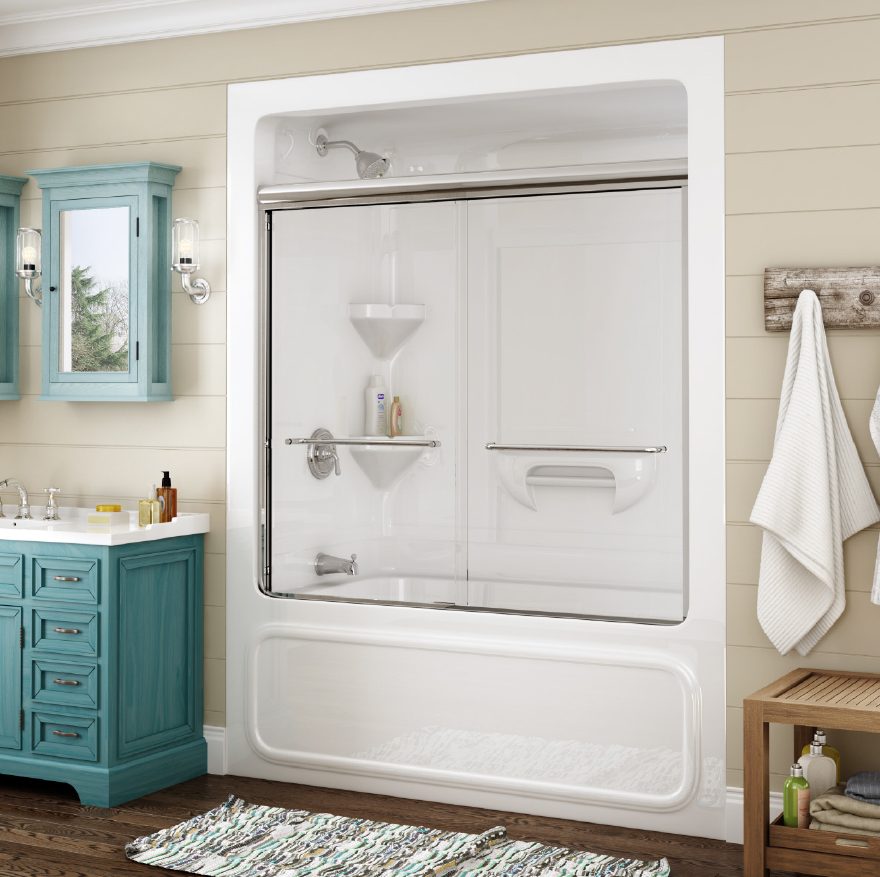FEATURES | 100% Cast Acrylic | Gel-Coat Fiberglass |
| One-Piece Construction | – With Dome: Strengthens unit, no post-installation damage. No seams to caulk or gather mold. Dome eliminates ceiling maintenance. | – Without Dome: Lacks top wall support, side walls vulnerable to damage. Caulk needed if modular top added. |
| Surface Type | – Non-Porous: Easy to clean, no pores to trap dirt or oils. Non-abrasive cleansers work well. | – Porous: Demands more cleaning effort due to dirt and body oil buildup. Becomes slippery over time. |
| Fading | – Will not fade or craze; color permeates entire material thickness. | – Fades, cracks, and crazes; susceptible to sun and light fading. |
| Material Thickness | – .80 to 90 mills (thinnest point); facilitates ease of repair. | – 15 to 20 mills (thickest point); complete resurfacing needed for repairs. |
| Reinforced Backing | – Proprietary resin mixed with fire retardant and fiberglass strand. Solid backing resists damage. | – Lacks solid backing; urethane foam emits toxic fumes when ignited. Foam deteriorates with age, weakening backing. |
| Installation Cost | – Higher initial cost, but long-term savings due to longevity and low maintenance. | – Lower initial cost, but higher maintenance and shorter lifespan. Proper installation requires water-resistant drywall. |
| Maintenance Cost | – Very low maintenance; easy to repair if damaged. | – More maintenance due to porous surface. Shorter lifespan necessitates unit replacement. |
| Warranty | – Lifetime limited warranty against material and workmanship. | – 1 to 5-year limited warranty against material and workmanship. |

